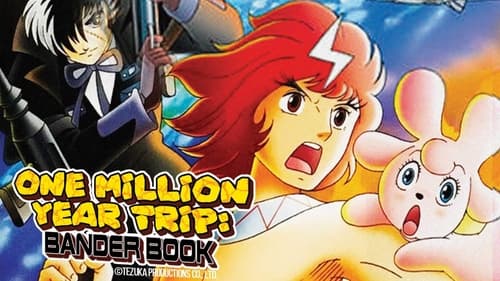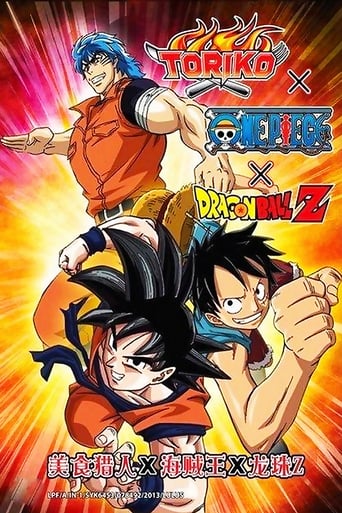Bander is a 17-year-old boy from Earth who lives on a distant planet, which is populated by human shape-shifters who feed off of vegetables and animal tails. Violence soon breaks out, as invaders launch an attack on Bander's new planet. This was Japan's first 2-hour animated film for television. The program received high ratings when broadcast as part of a set of 24-hour TV programs called "Ai wa Chikyu wo Sukuu" on Nippon Television. After a long gap since his last animated film for television, this work fully reflects Osamu Tezuka's desire to achieve theatrical quality with this production.
One Million-Year Trip: Bander Book (1978) is currently not available on any services.
Yu Mizushima , Mami Koyama , Kôsei Tomita , Masatō Ibu , Iemasa Kayumi , Reiko Mutoh
Osamu Tezuka
Tezuka Productions









Demon Slayer: Kimetsu no Yaiba -To the Hashira Training-

Demon Slayer: Kimetsu no Yaiba Sibling's Bond

Kabaneri of the Iron Fortress Recap 2: Burning Life

Dream 9 Toriko & One Piece & Dragon Ball Z Super Collaboration Special!!